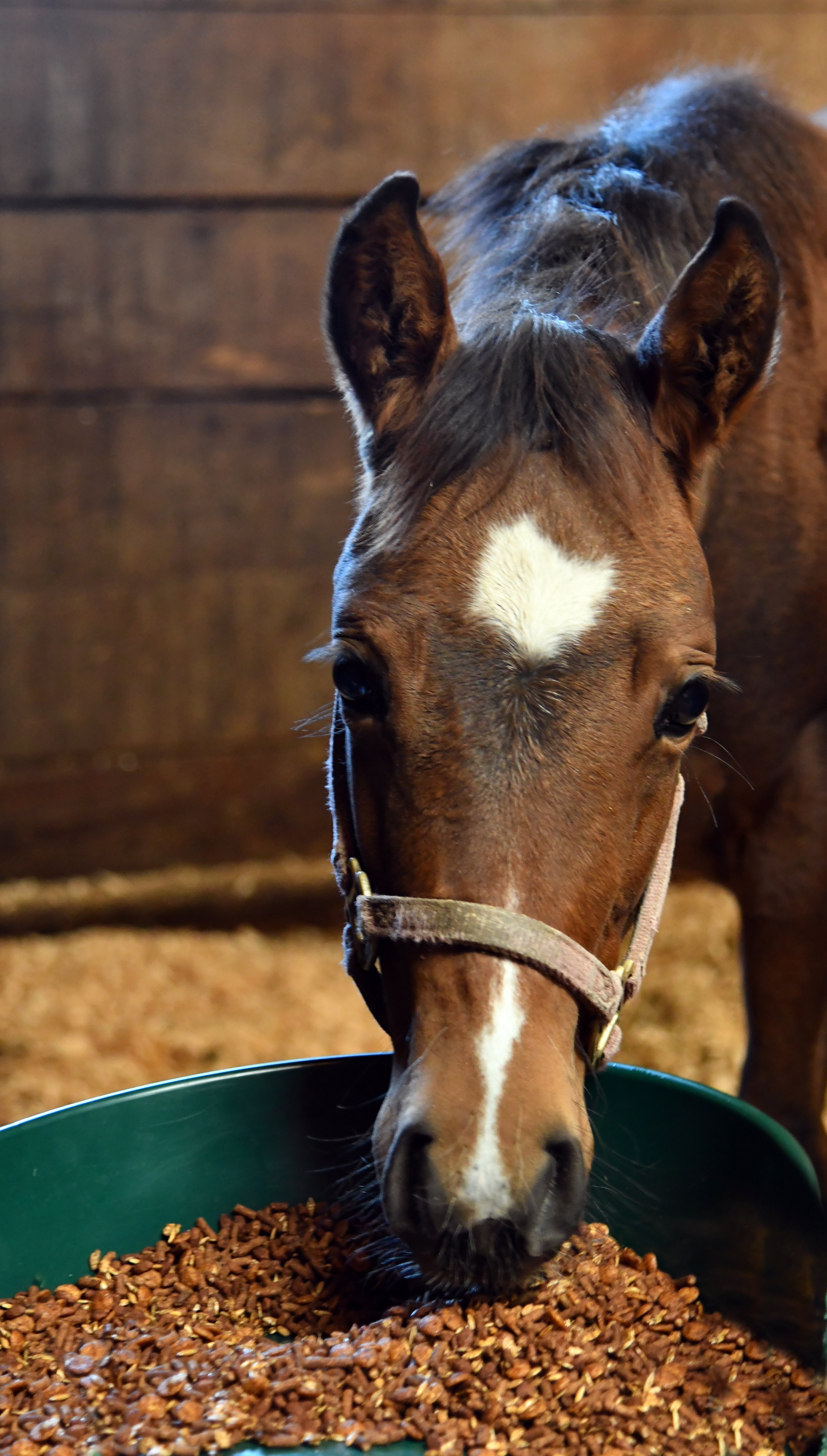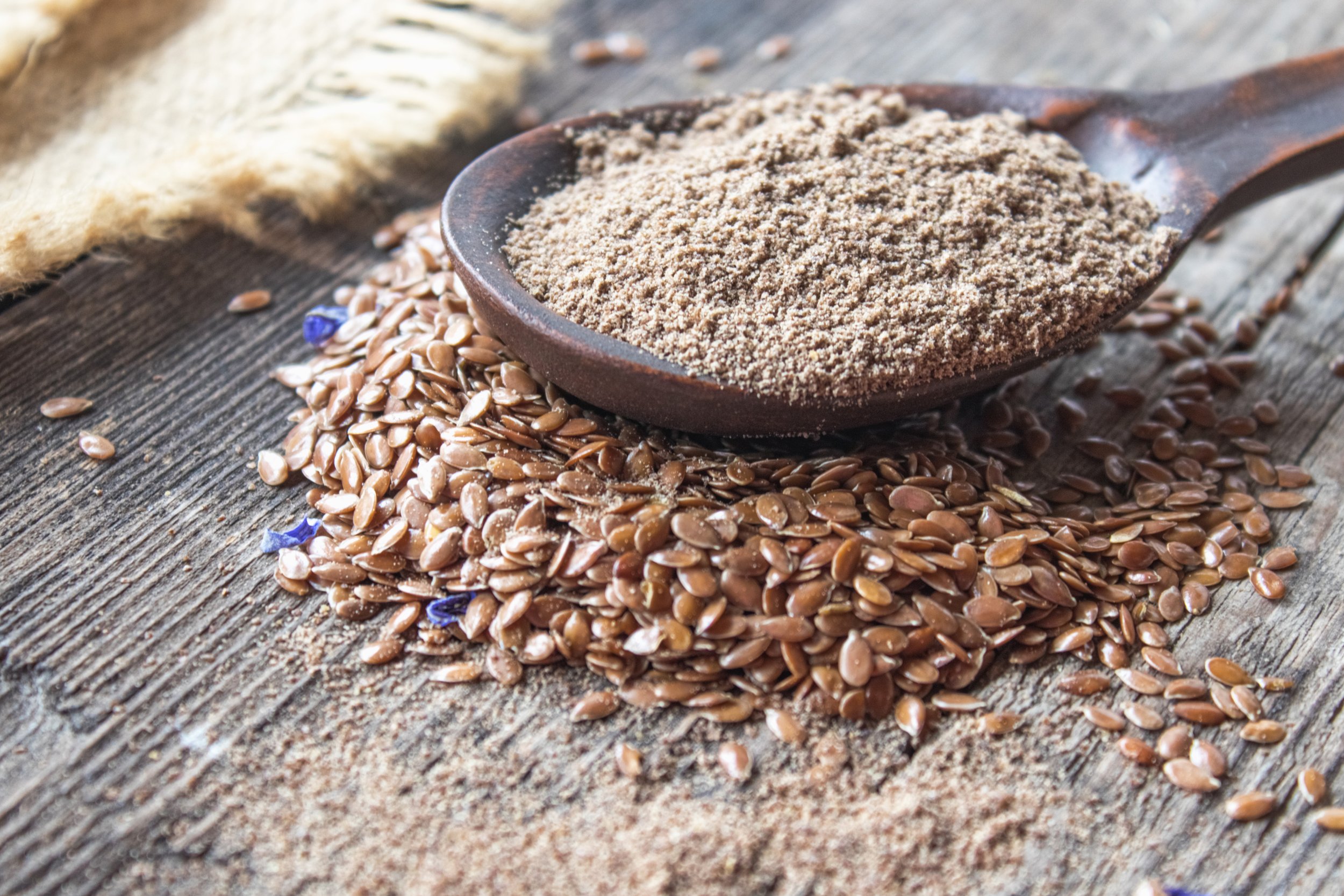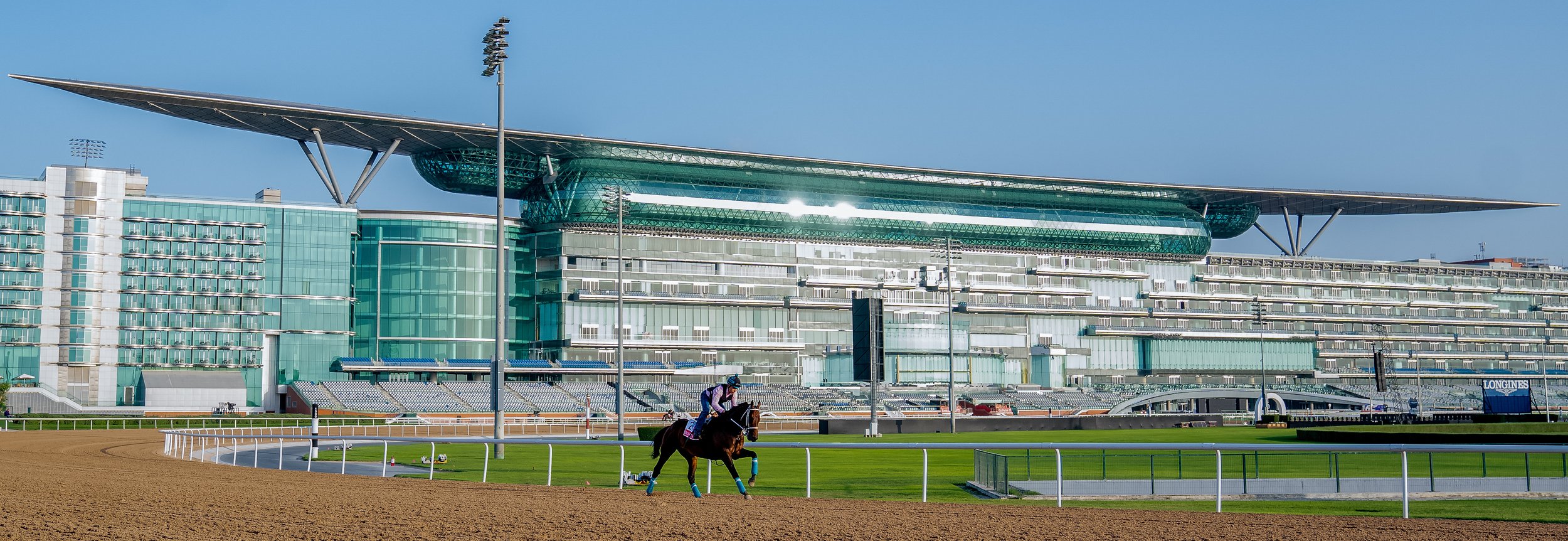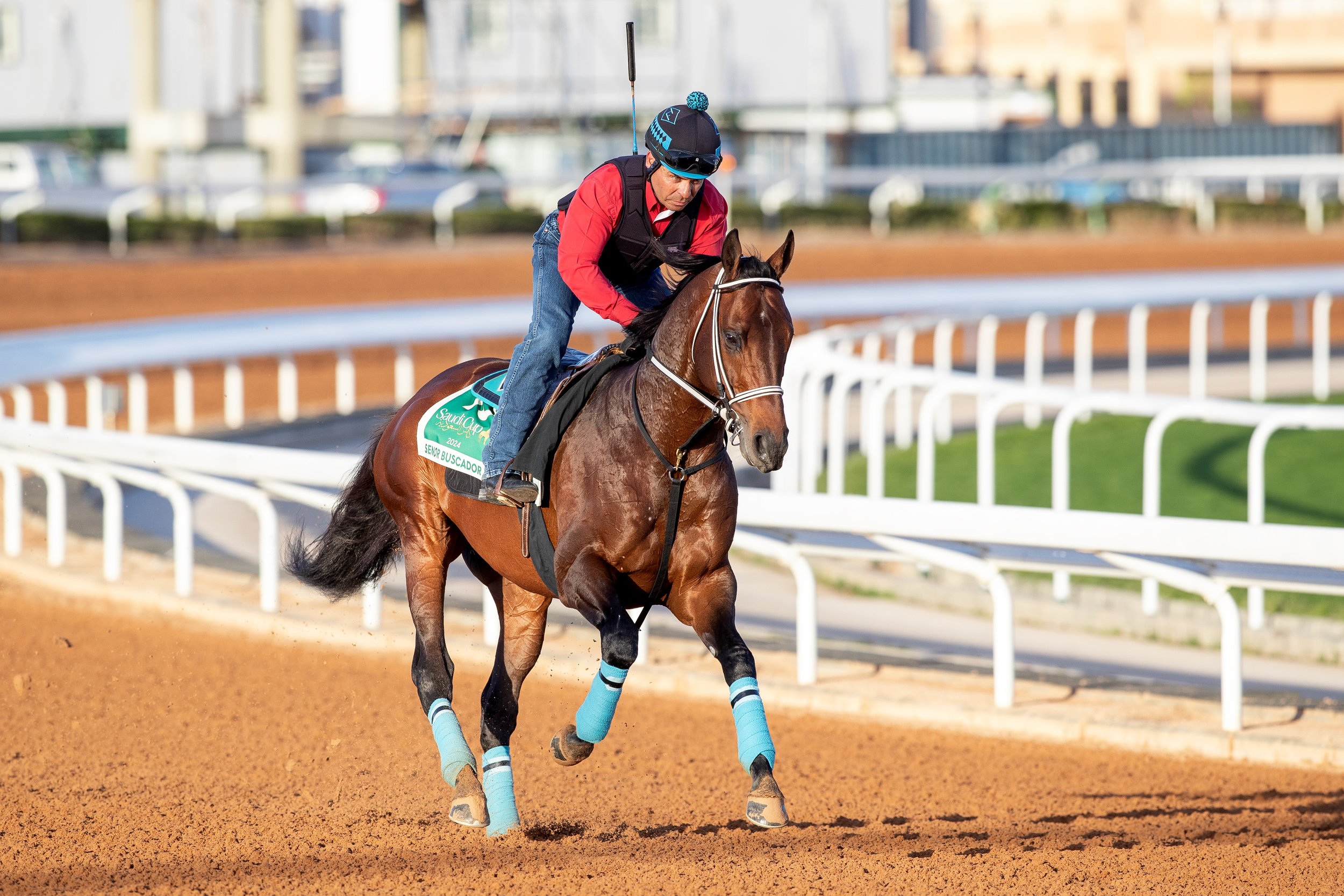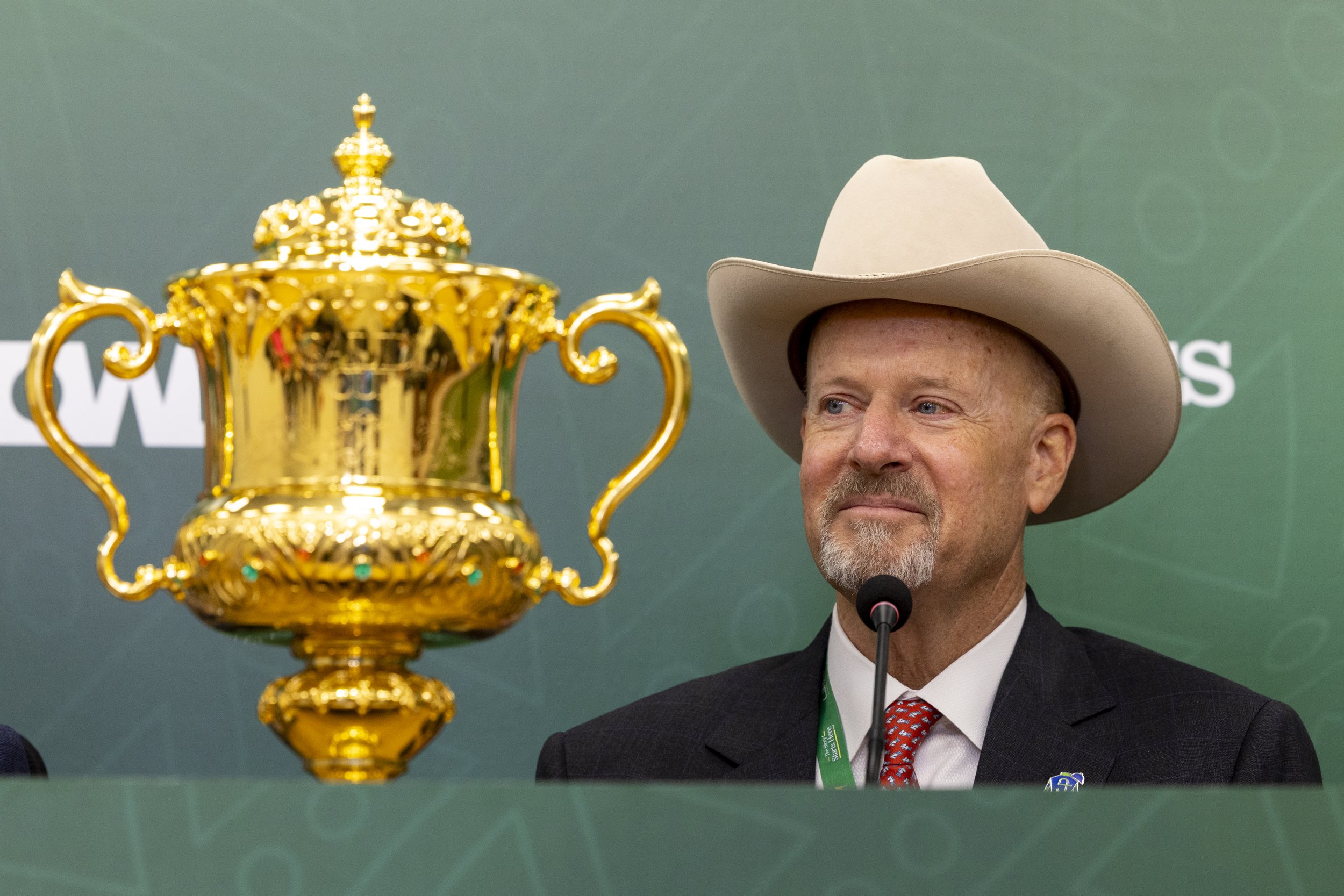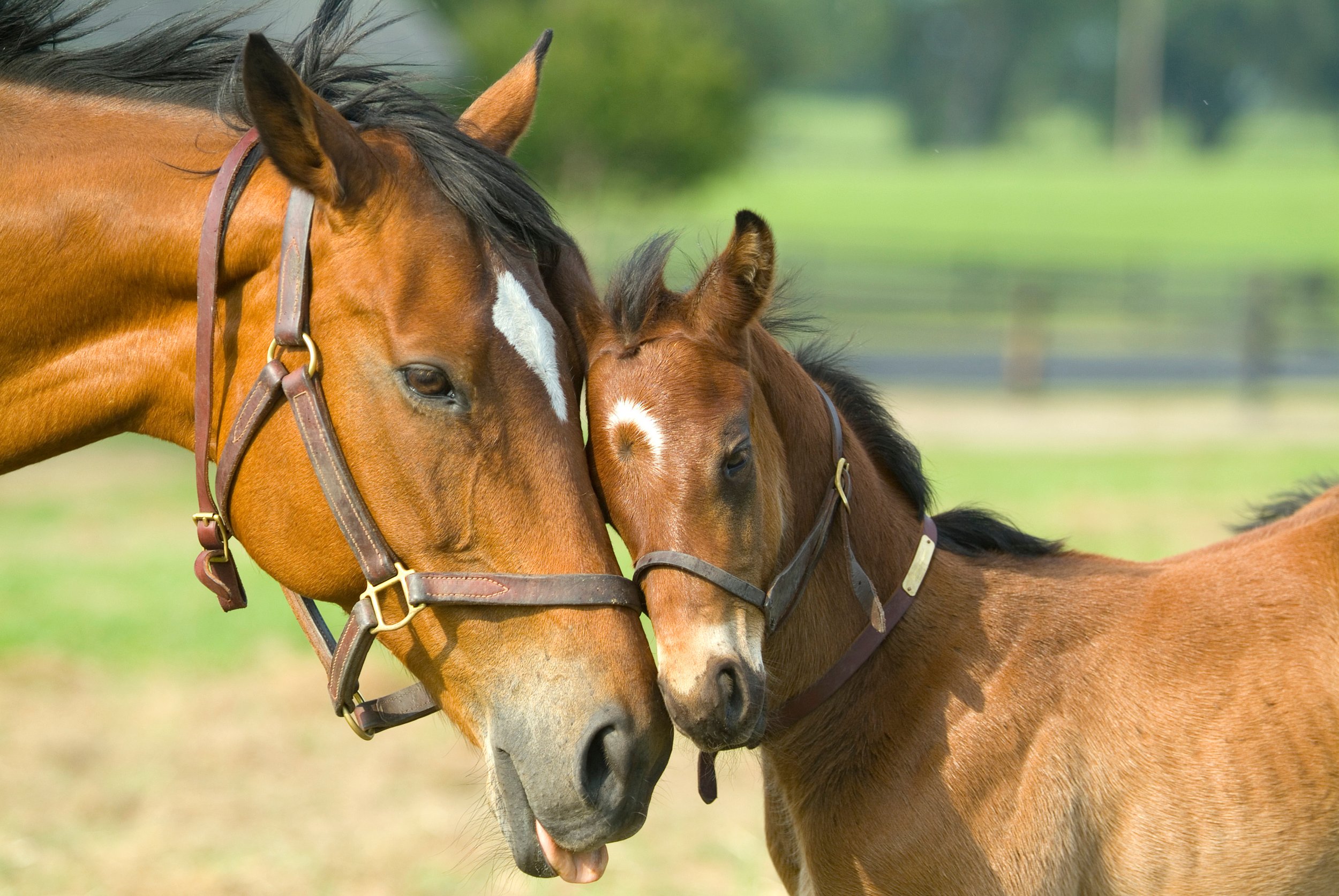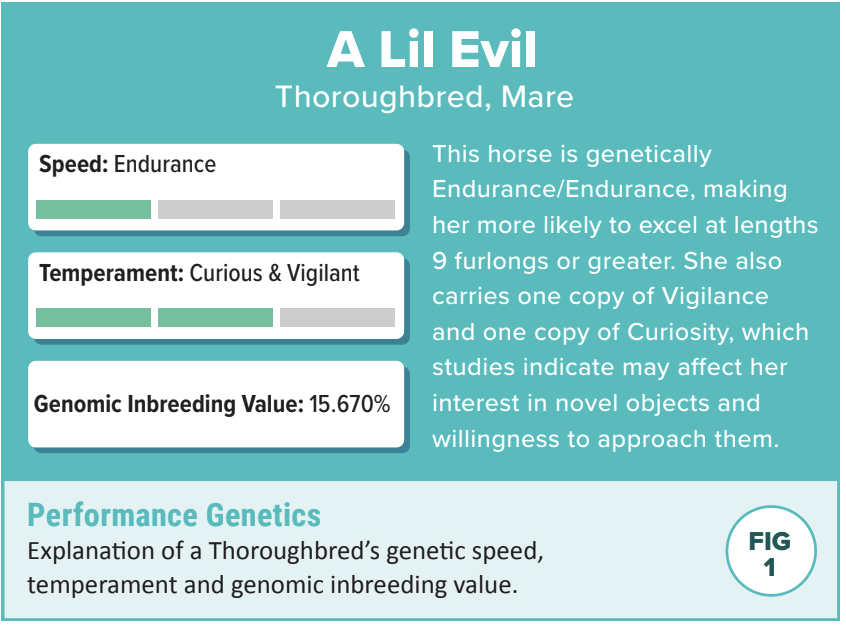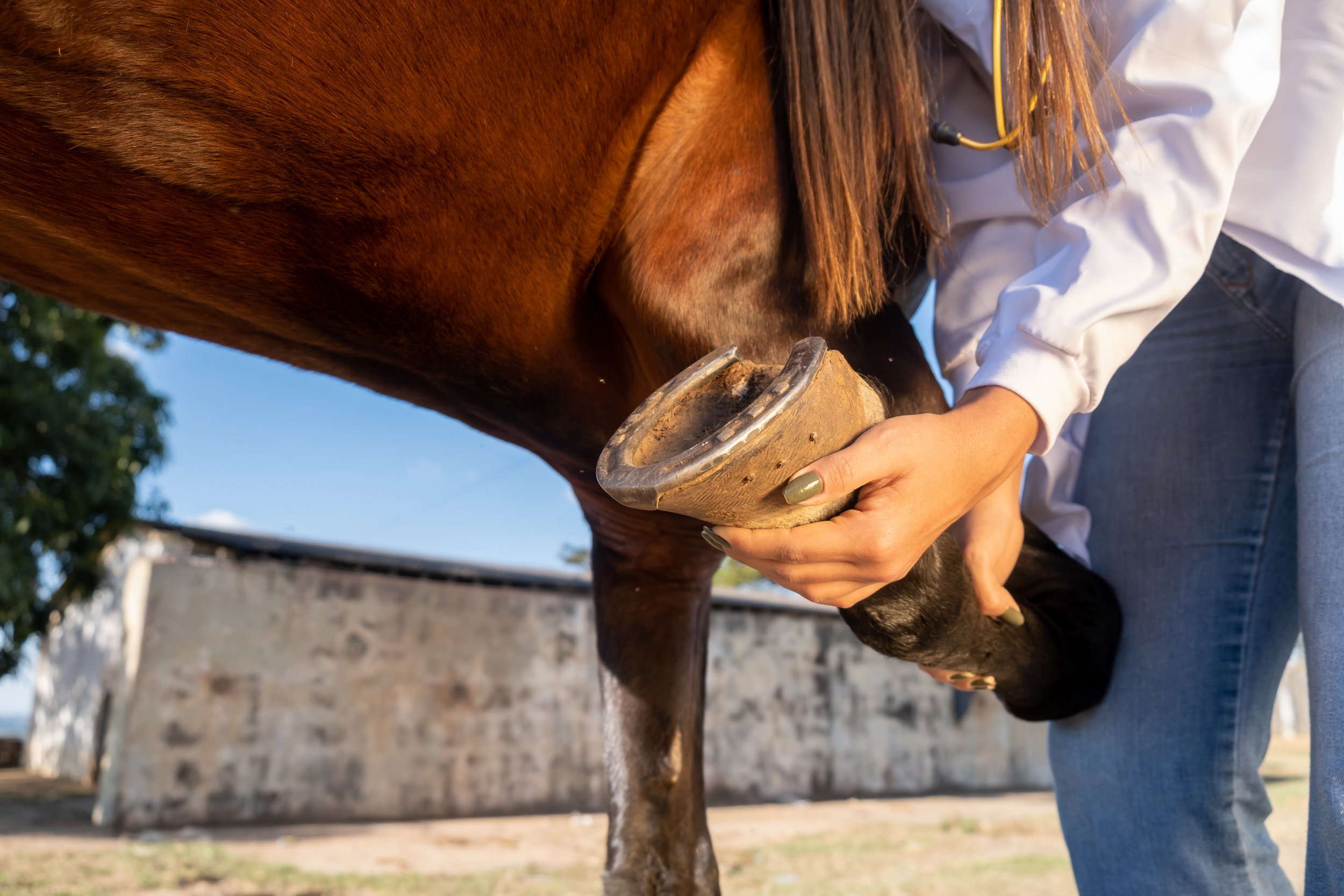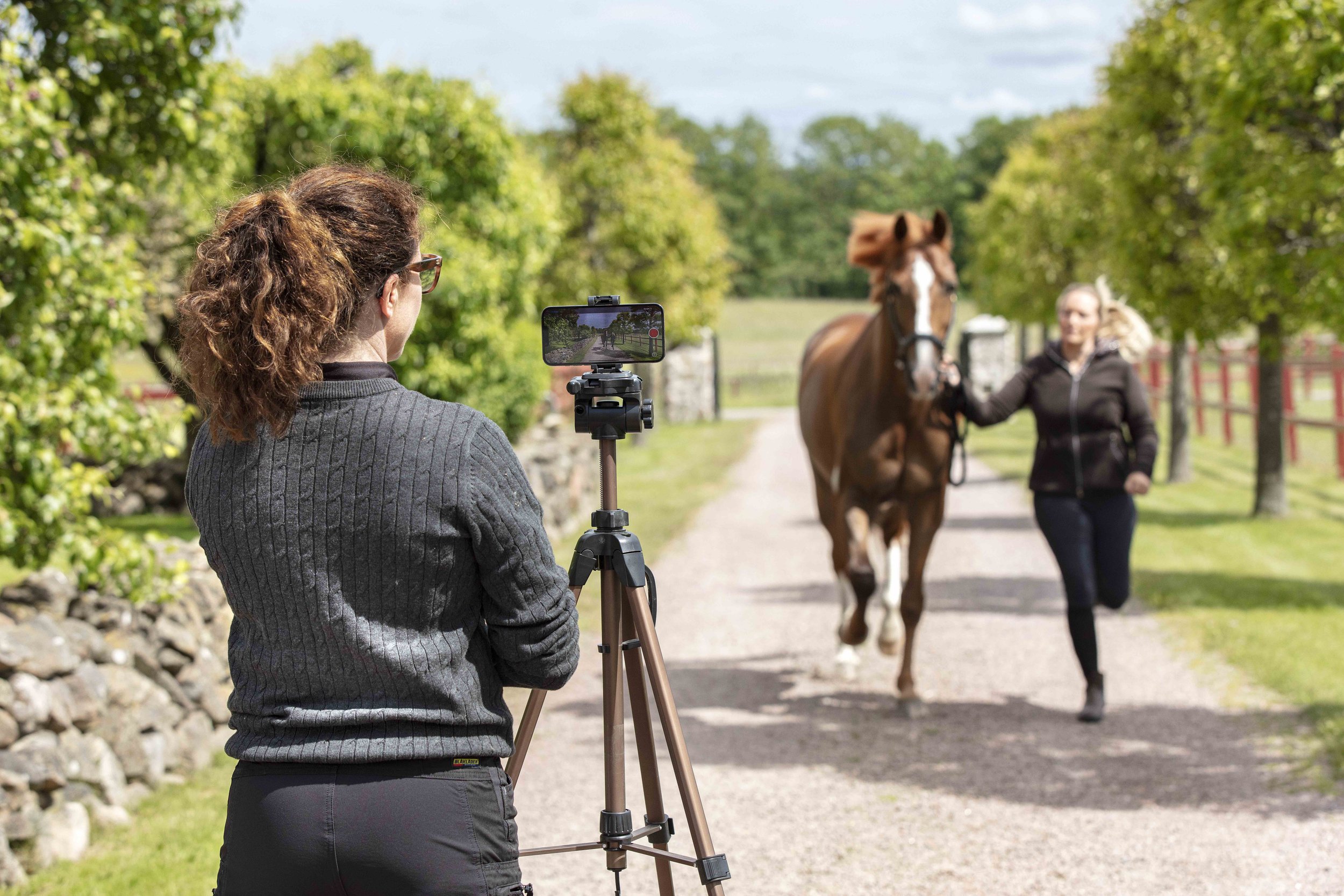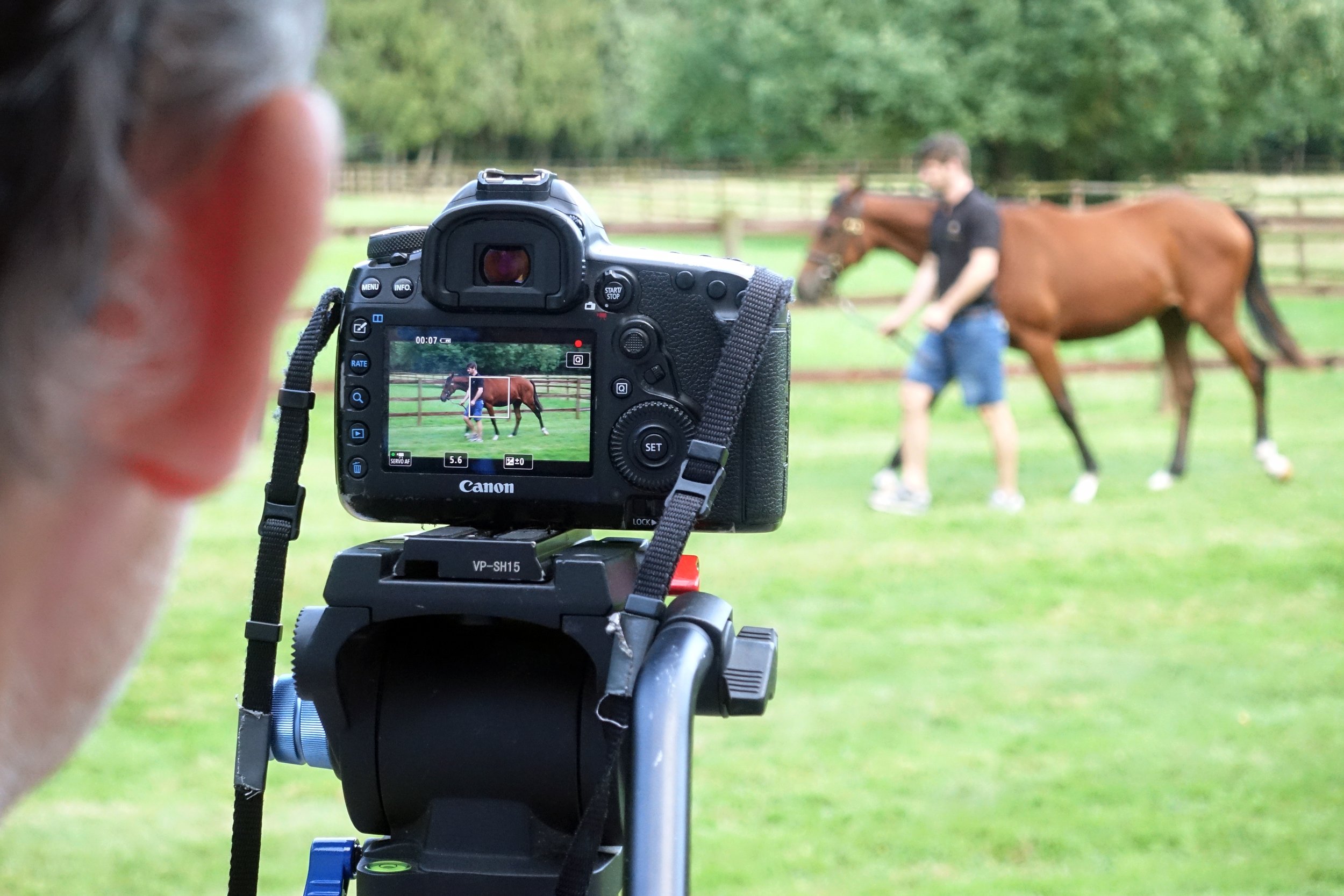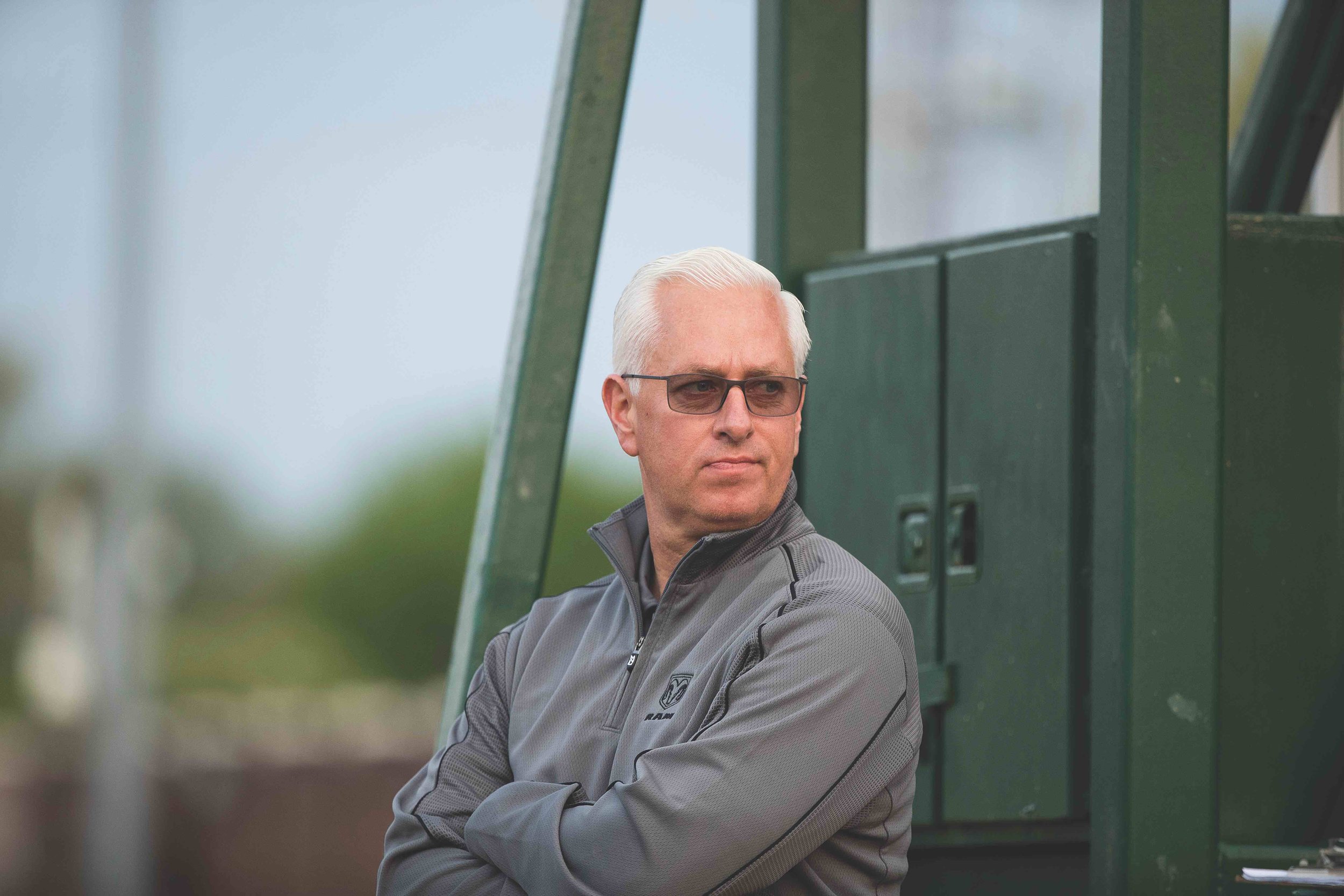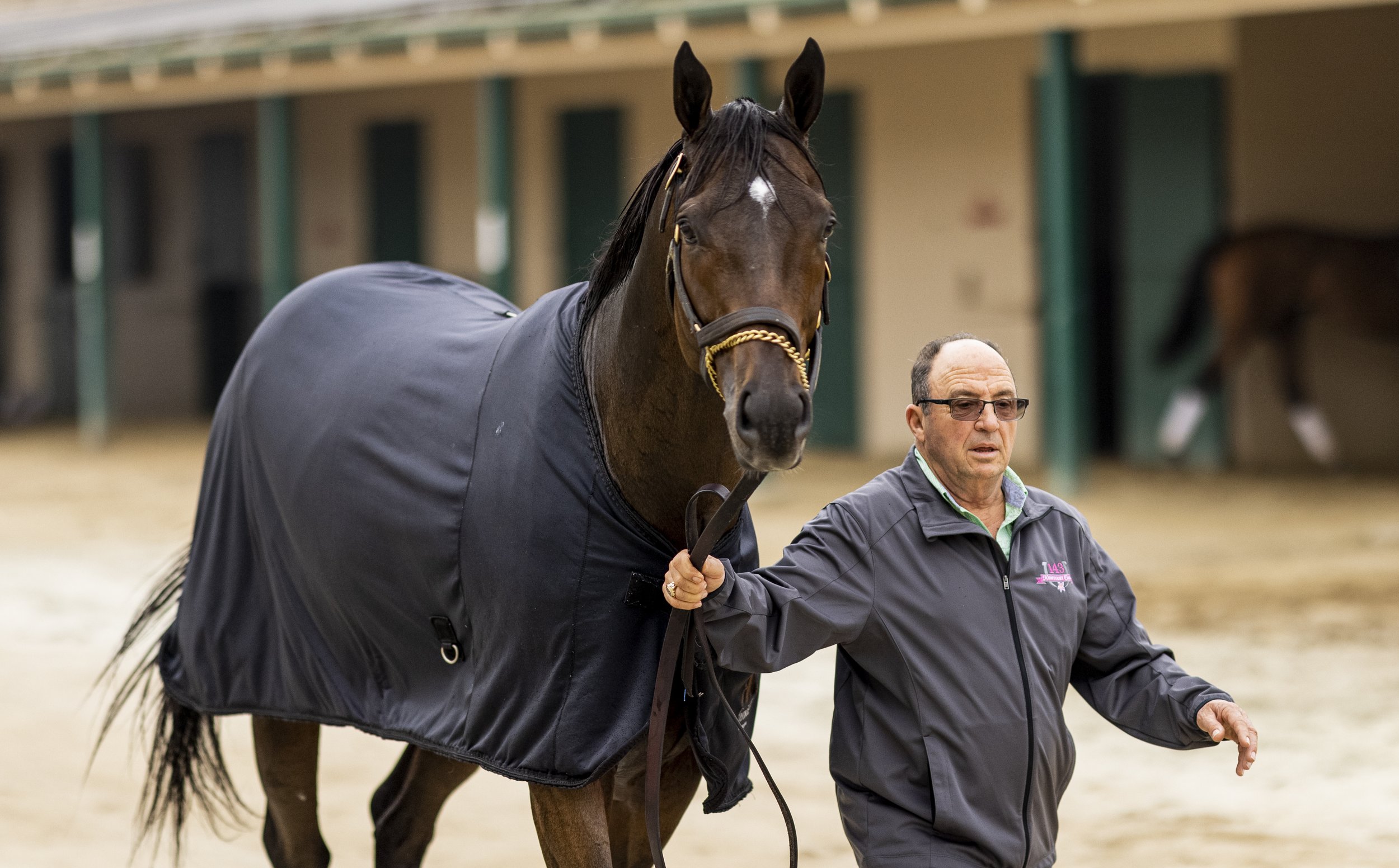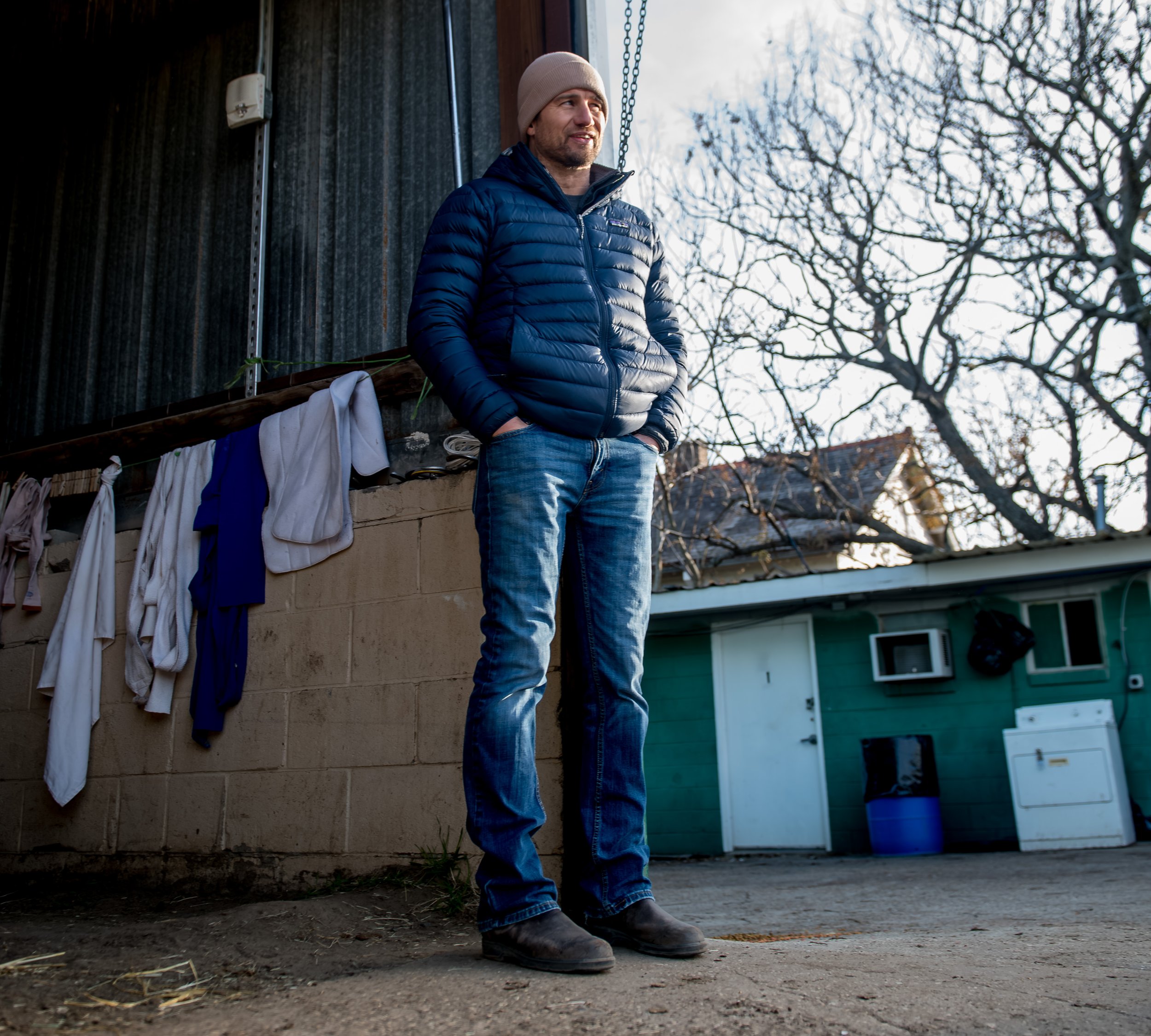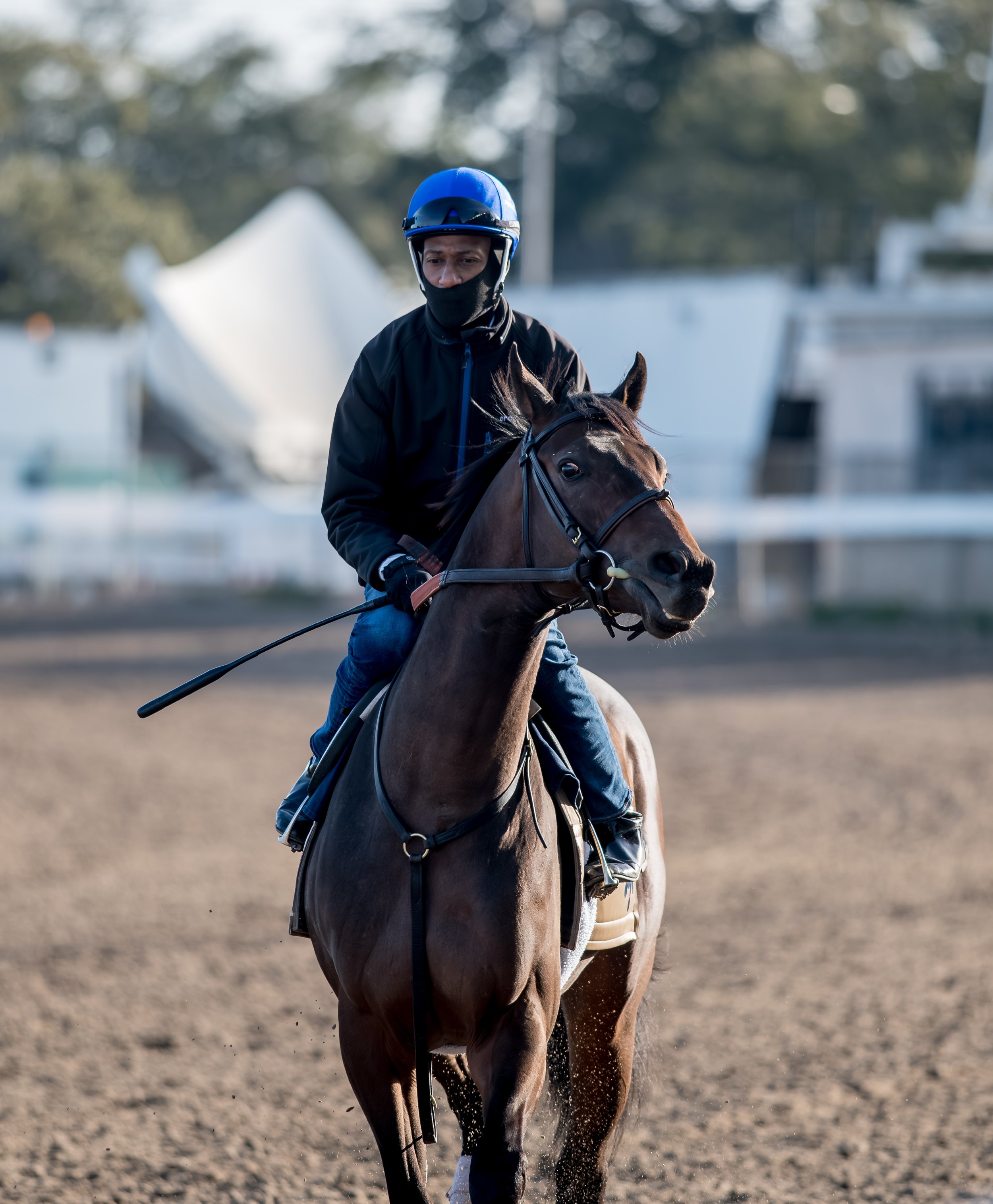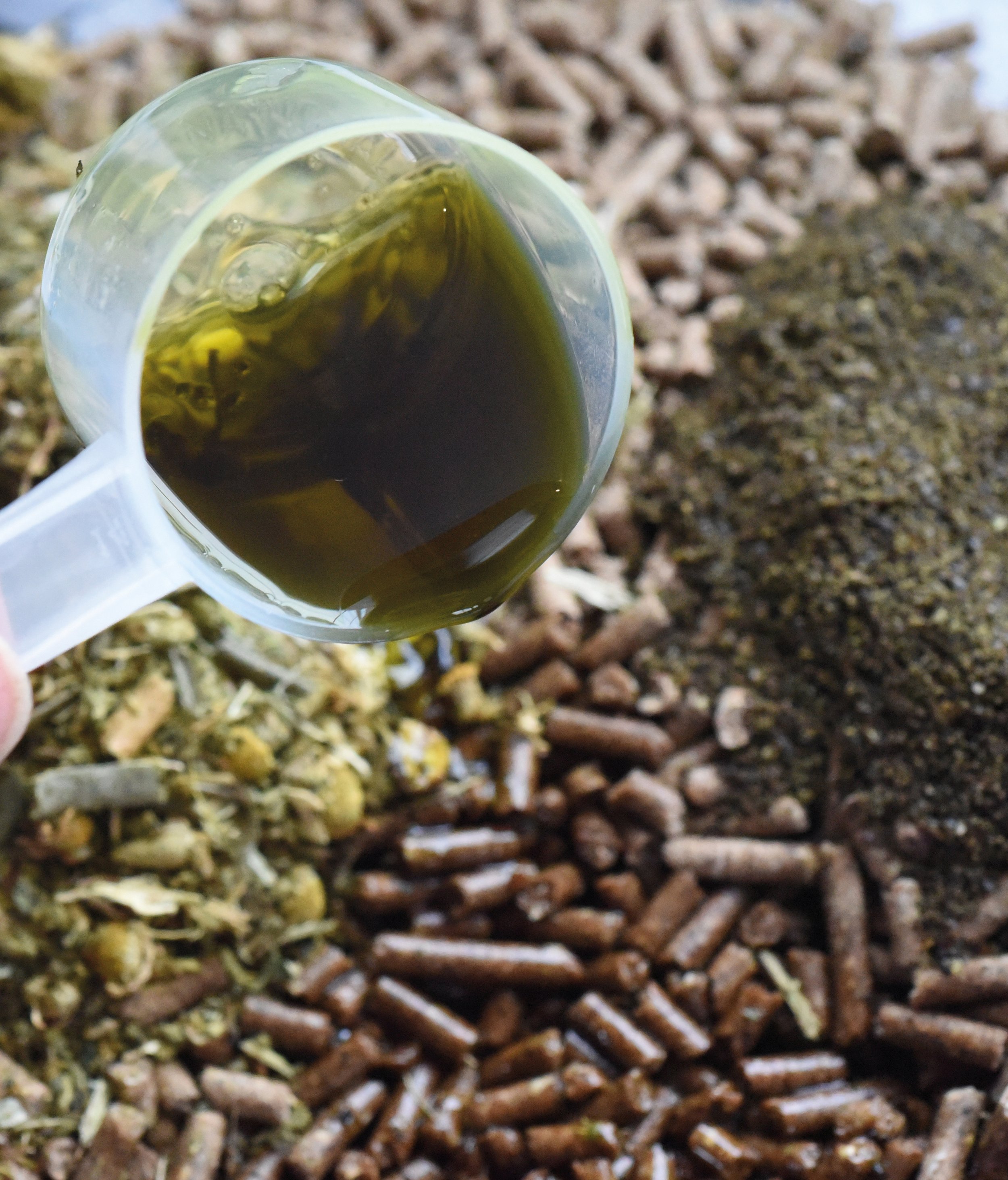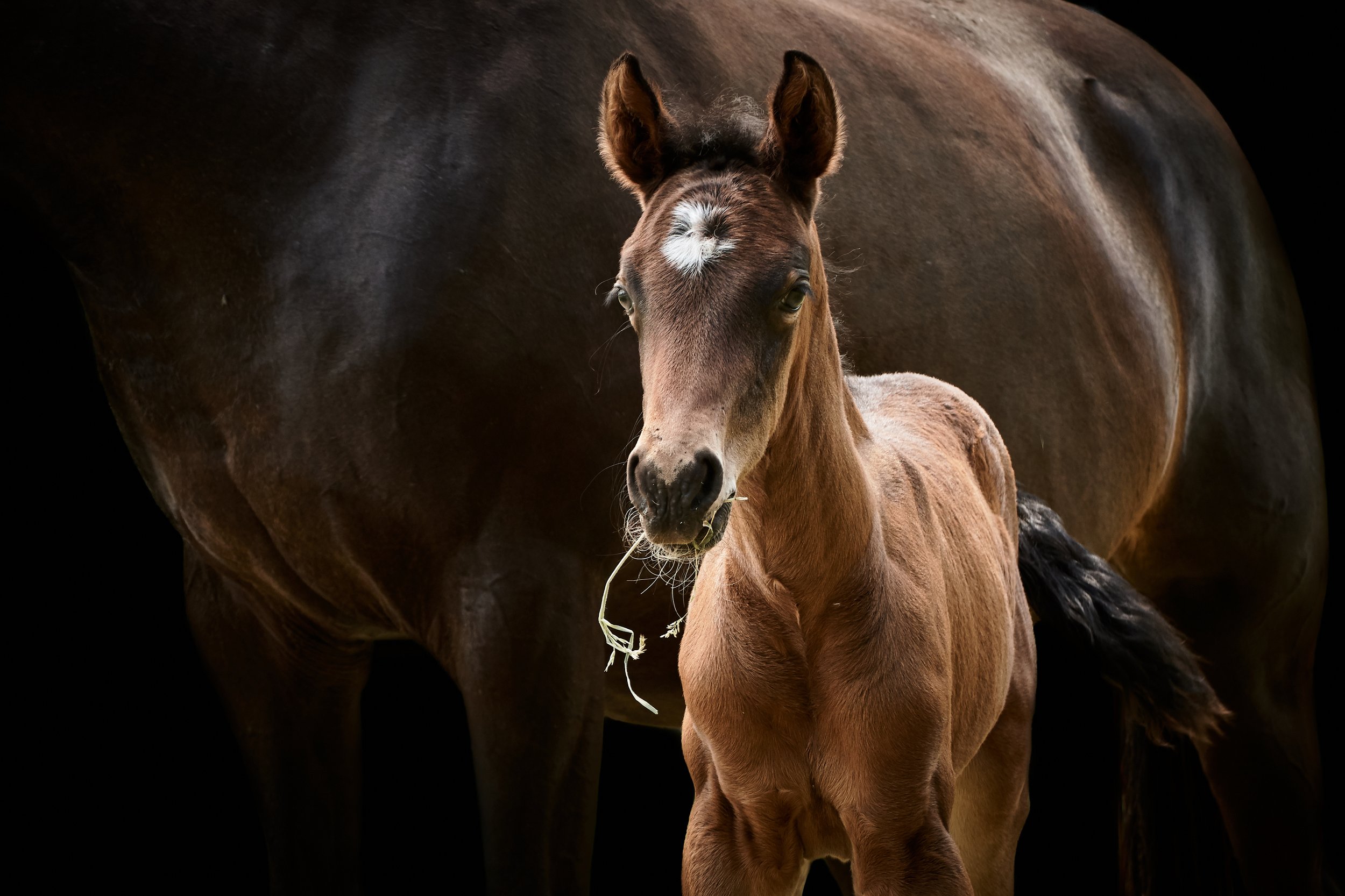Graded Stakes Winning Owners - Emily Bushnell and Ric Waldman (Resilience)
/Talk about a tough act to follow. In their first venture together as Thoroughbred owners, Emily Bushnell and Ric Waldman have a Kentucky Derby contender, Resilience, who captured the Grade 2 Wood Memorial at Aqueduct on April 6th by 2 ¼ lengths.
Emily’s parents, Marty and Pamela Wygod, bred Resilience, a son of Into Mischief out of Meadowsweet by Smart Strike. “It means everything,” Bushnell said. “The love of the sport, just hoping you have one horse this special. It’s really, really exciting.”
Waldman, a Louisville native, said two days after the Wood, “It’s starting to sink in now. To have an ownership with Emily, a long-time client and friend, it is very emotional. It’s the first racehorse I’ve owned in many years.”
Bushnell was born for this: “I started riding basically before I could walk. My dad had horses when I was growing up. My dad started in the 1960s. He was a hotwalker. He grew up really close to Belmont. It’s been part of my family before I’ve been around.”
Sadly Marty Wygod passed away six days after the Wood victory. Wygod, who was born on February 1st, 1940, in Elmont, New York. He went to high school with Bobby Frankel and was a business administration graduate from New York University. In 1964, he was hired by Roy Nutt and Fletcher Jones for their stock brokerage firm, Computer Sciences Corporation. The following year, Jones, who owned Westerly Stud Farms near Santa Ynez, California, gave Wygod two Thoroughbreds as a 25th birthday gift.
In 1977, Wygod switched careers to the healthcare industry, purchasing Glasrock Medical Services. Five years later, he sold it for a huge profit. He then established Medco Containment Services, Inc., and built it into the largest mail order pharmacy in the country. In 1993, he sold Medco to Merck & Co. for more than $6 billion.
Wygod bought 240-acre River Edge Farm in the Santa Ynez Valley. In 1995, the Wygods moved to Rancho Santa Fe, California.
His slew of top Thoroughbreds includes Exotic Wood, Tranquility Lake, Sweet Caroline, After Market and Life Is Sweet. Wygod is a member of the Jockey Club, a trustee of the Thoroughbred Owners and Breeders Association and a member of the Del Mar Board of Directors. Wygod oversees two Breeders’ Cup Charities, the Rose Foundation and the WebMD Health Foundation.
Wygod’s River Edge Farm stood top California stallions, including Benchmark, Bertrando and Pirate’s Bounty.
Bushnell carved her own niche in Thoroughbred racing. She is the Executive Director, a Therapeutic riding instructor and a mentor of Endeavor Therapeutic, now in its 10th year in Bedford, in Westchester County, New York. Its programs are for veterans, at-risk youth, incarcerates women and children and adults with disabilities. They serve 125 people a week. “Horses have been so important in my life,” Bushnell said. “I wanted to do something with them to help people. Also, horses need jobs.”
She is making a difference.
“She is a lovely woman,” Waldman said. “The whole family is lovely. I’ve worked for Marty and Pam for more than 25 years.”
Waldman, a native of Louisville, has been around Thoroughbred legends, including Storm Cat, Deputy Minister, The Minstrel and Northern Dancer, most of his life. He began his career at Fasig-Tipton Company in 1973 and advanced to general manager in 1981. He was the business manager at Airdrie Stud from 1981 to 1984. He was consultant and syndicate manager of Overbrook Farm from 1986 through 2009 and the vice president of operations and syndicate manager for Windfields Farm from 1987 through 2008.
In 1994, he established Ric Waldman Thoroughbred Consulting, Inc. When Overbrook and Windfields ceased operations, Waldman focused on two long-term clients, Marty Wygod and Samantha Siegel of JayEmEss Stables. He’s been working with them for more than 25 years.
His association with Overbrook’s William T. Young, led him to manage the immortal stallion Storm Cat. But Storm Cat struggled initially. “I started managing Storm Cat in his third year and we sort of limped through his third and fourth year,” Waldman said in a 2013 Blood-Horse story by Evan Hammonds.
Working with a star and owning one are different endeavors.
Resilience is the culmination of 18 years of planning, purchasing and breeding. The Wygods purchased Tranquility Lake, a daughter of Rahy out of the multiple graded-stakes placed dam Winter’s Love, for $250,000 at the 1996 Keeneland July Sale of Selected Yearlings. She is a half-brother to 1983 Belmont Stakes winner Caveat. Russell Drake, the late River Edge Farm Manager, selected Tranquility Lake.
All she did was win more than $1.6 million, taking the 1999 Breeders’ Cup Handicap at Hollywood Park and the 2000 Yellow Ribbon Stakes at Santa Anita.
She was bred to Storm Cat five times, and her first foal was After Market, a multiple graded stakes winning turf star. Her second foal was Jalil, who was sold to Godolphin for $9.7 million and won a Group 2 stakes. Tranquility Lake also produced multiple graded-stakes winner Courageous Cat. Hall of Fame trainer Bill Mott, who trains Resilience, trained Courageous Cat.
After producing seven foals, all male, Tranquility Lake was bred to Smart Strike and foaled her first filly, Meadowsweet, the dam of Resilience.
Through their breedings with Storm Cat, the Wygods got to know Waldman. “All the horses we’ve done together, talking with him and my parents on the breeding, working together for quite a while … owning this colt together and being on this journey, Ric and I are on the same page,” Bushnell said. “This is our first one, our first horse together. It was an opportunity for all of us to work together, have a good time together.”
She never imagined how good their first horse would be. But it took a bit of time.
Resilience finished sixth, second and third before winning a maiden race by 4 ¼ lengths. On a sloppy track in the Grade 2 Risen Star, Resilience contested the pace and held on well for fourth.
Mott decided to add blinkers for Resilience’s next start in the Wood Memorial. He relaxed well behind the pacesetters, then pounced on them, winning impressively and sending Waldman and Bushnell onto the Kentucky Derby for the first time.






















